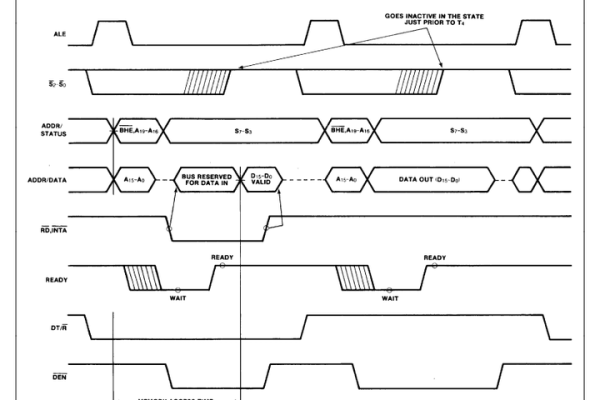从文件读取并检查文件结尾
- 行业动态
- 2025-04-02
- 4
“
python,def check_file_end(filename):, with open(filename, 'rb') as f:, f.seek(0, 2) # Move to the end of the file, file_end = f.tell() # Get the position (size of the file), return file_end,“
在处理文件时,读取并检查文件结尾是一个常见的需求,无论是为了验证数据的完整性,还是确保文件没有损坏,正确地从文件中读取数据并检查其结尾都至关重要,以下是关于如何从文件中读取数据并检查文件结尾的详细步骤和示例代码。
步骤一:打开文件
需要使用适当的模式打开文件,我们使用只读模式(’r’)来读取文本文件,如果文件是二进制文件,则需要使用二进制模式(’rb’)。
打开一个文本文件进行读取
with open('example.txt', 'r') as file:
data = file.read() 一旦文件被成功打开,就可以读取其内容了,有多种方法可以读取文件内容,包括read(),readline(), 和readlines()。
read():读取整个文件的内容。
readline():读取文件中的一行。

readlines():读取所有行并返回一个列表。
要读取整个文件的内容,可以使用read()方法:
with open('example.txt', 'r') as file:
content = file.read()
print(content) 检查文件结尾可以通过多种方式实现,具体取决于你的需求,以下是几种常见的方法:
方法一:检查文件指针位置
在Python中,可以使用tell()方法来获取当前文件指针的位置,如果文件指针位于文件末尾,说明已经读取到文件结尾。

with open('example.txt', 'r') as file:
file.seek(0, 2) # 移动到文件末尾
if file.tell() == os.path.getsize('example.txt'):
print("已到达文件结尾") 方法二:读取文件并检查EOF
通过尝试读取文件末尾之后的内容,可以捕获EOFError异常来判断是否到达文件结尾。
try:
with open('example.txt', 'r') as file:
while True:
data = file.readline()
if not data: # 如果读到空字符串,表示到达文件结尾
print("已到达文件结尾")
break
except EOFError:
print("已到达文件结尾") 示例代码
以下是一个完整的示例代码,展示了如何从文件中读取数据并检查文件结尾:
import os
def read_and_check_end(file_path):
try:
with open(file_path, 'r') as file:
content = file.read()
print("文件内容:")
print(content)
file.seek(0, 2) # 移动到文件末尾
if file.tell() == os.path.getsize(file_path):
print("已到达文件结尾")
else:
print("未到达文件结尾")
except FileNotFoundError:
print(f"文件 {file_path} 未找到")
except Exception as e:
print(f"发生错误: {e}")
调用函数读取并检查文件结尾
read_and_check_end('example.txt') FAQs
Q1: 如果文件很大,一次性读取整个文件会不会占用太多内存?
A1: 是的,对于大文件,一次性读取整个文件会占用大量内存,建议逐行读取或分块读取,以减少内存占用,可以使用循环结合readline()方法逐行读取文件内容。

Q2: 如何处理读取文件时的编码问题?
A2: 在打开文件时,可以指定编码格式以避免编码问题,使用open('example.txt', 'r', encoding='utf-8')来确保文件以UTF-8编码读取,如果不确定文件的编码格式,可以尝试使用chardet库检测文件编码。
















